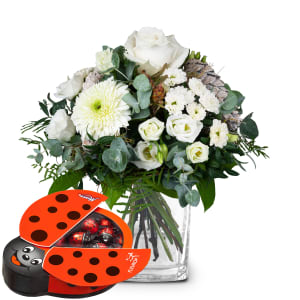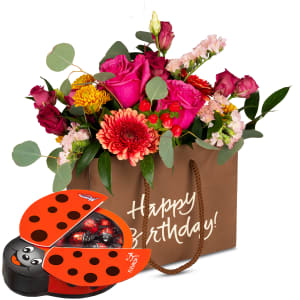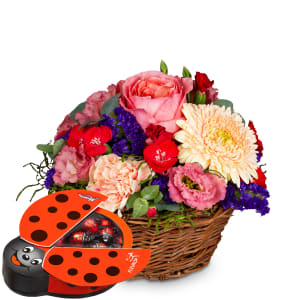Halloween
Halloween originates from Ireland. But what do Celts have to do with this festival? Where does the «trick or treat» and illuminated
pumpkins come from? Here are the answers.
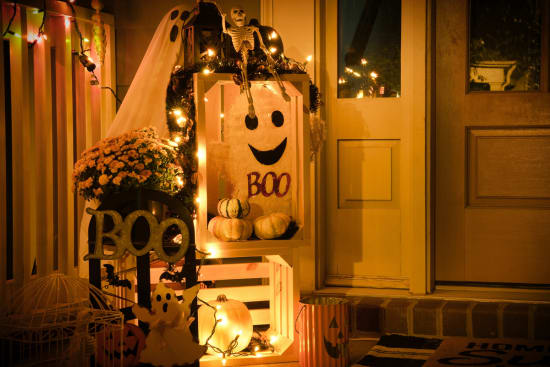
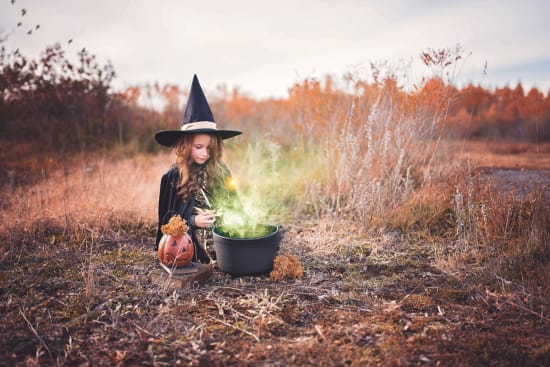
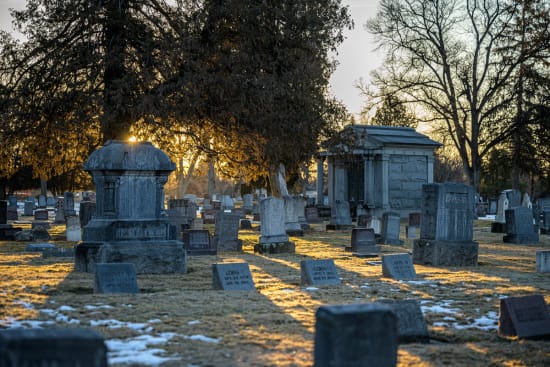
For the Celts, the gates to the realm of the dead opened
Skeleton, witch, or vampire at the door? Then it's certainly Halloween, and the dressed-up kids are on their hunt for candies. Halloween is of Irish origin and goes back to the Celtic festival Samhain. It represented the end of summer and was celebrated on October 31. Samhain was also the Celtic New Year, marked the beginning of winter and represented a kind of harvest festival. The Celts believed that on this evening the
gates to the realm of the dead were open.
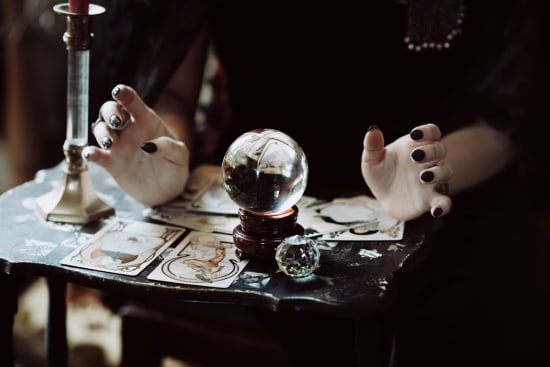
Bonfires, fortune-telling and feast of the dead at Samhain
The festival was celebrated with bonfires on the hills. Sometimes people dressed up to drive away evil spirits. Even fortune-telling was common on this date. People whispered to each other that whoever was born on this day could see ghosts. On the day after Samhain, people celebrated a great feast for the dead, which was later replaced by the Christian church with the feasts
of All Saints' Day and All Souls' Day.
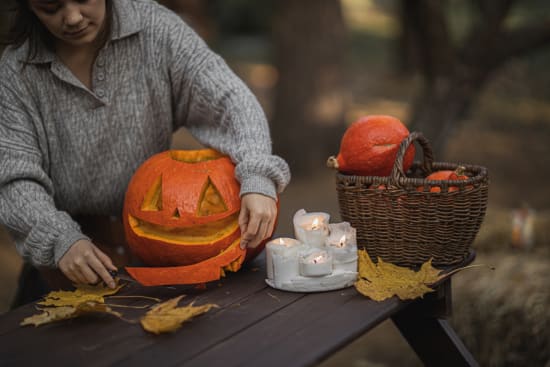
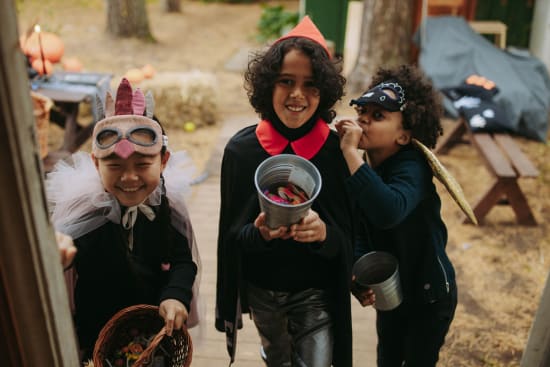
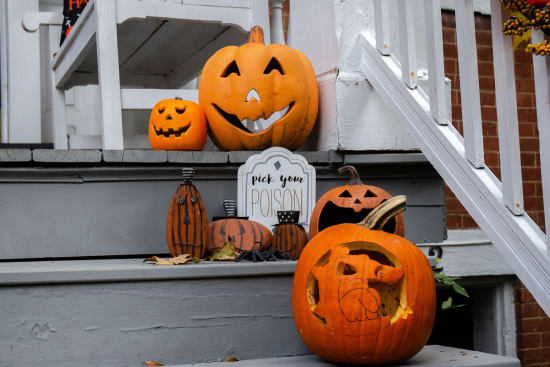
From the turnip to the illuminated pumpkin
Today's «trick or treat» originates from England and Ireland. There, people went from door to door, sang a song and asked for «soul cakes». With each soul cake you got, you redeemed a soul from purgatory. The custom of decorating with pumpkins originated in Ireland. It goes back to the villain Jack Oldfield, who deceived the devil. Despite this, after his death, the devil gave him a turnip and a glowing coal, so that he would not have to wander around in the dark. The origin of the illuminated pumpkin was therefore an illuminated turnip. In the USA, it became a pumpkin. And in the meantime, the jack-o'-lantern
is also a symbol of Halloween in our country.
More about Indian Summer
When is Indian Summer in Canada?
When you talk about Indian Summer, you almost automatically think of Canada. But when does this wonderful time take place there? And where is it most beautiful?
Why Indian Summer?
Why is it called Indian Summer? Here you will find a plausible guess, a beautiful legend, and the meaning of the leaf colors for Iroquois.
Why do only leaves fall, but no needles?
Why do deciduous trees lose their leaves in autumn, but conifers do not lose their needles? And why is the larch an exception? Find the answers here.
Which trees have resin and why?
Already sniffed the wonderful scent of resin? And did you know that not all trees have it and how others compensate for it? Here are the answers.
Fall Rituals
Whether harvest festivals, Celtic Mabon, incenses, or very personal rituals: they are made to enjoy the magical fall to the fullest.
World Smile Day - keep smiling!
With a smile, you make yourself and others happy. Here you can find out how World Smile Day came about and how it is connected to the first smiley.
Halloween
Halloween originates from Ireland. But what do Celts have to do with this festival? Where does the «trick or treat» and illuminated pumpkins come from? Here are the answers.




